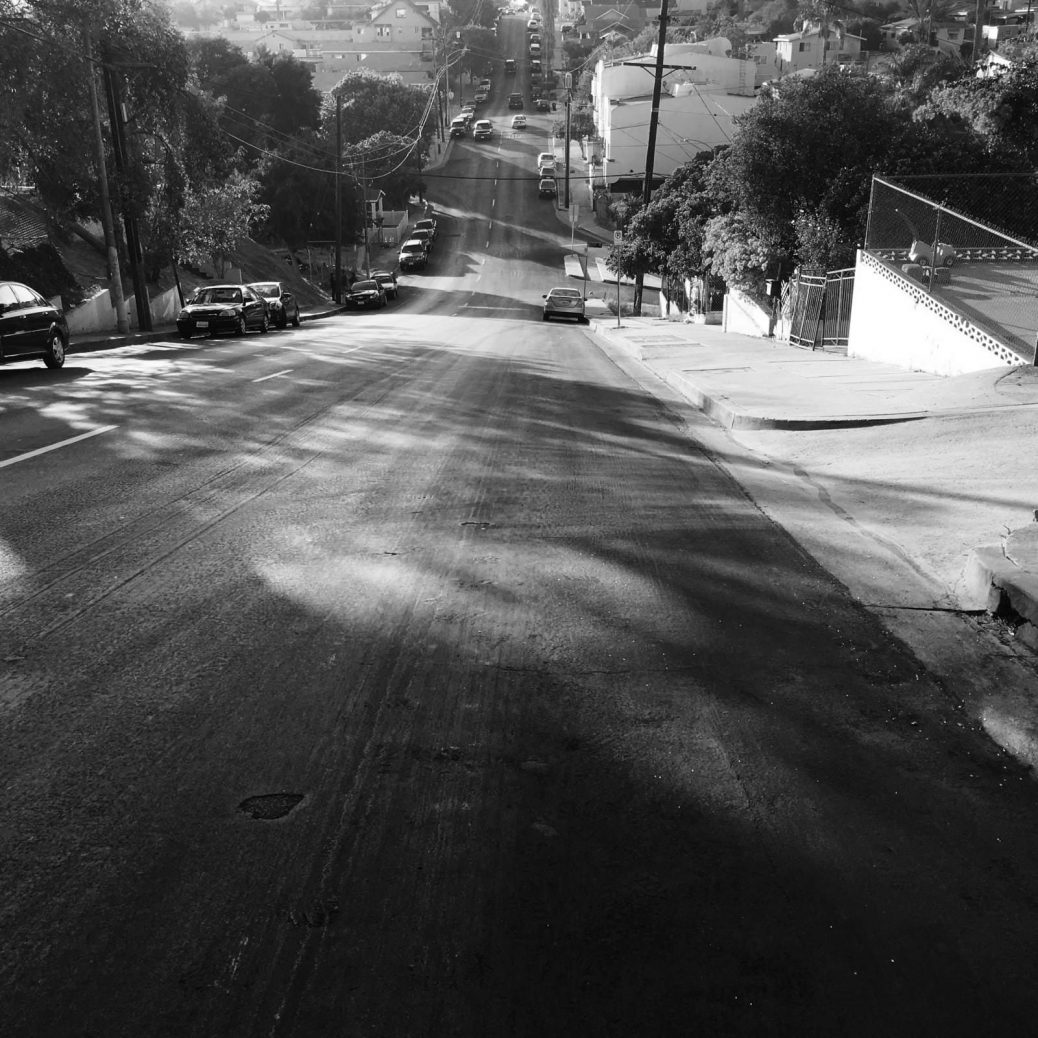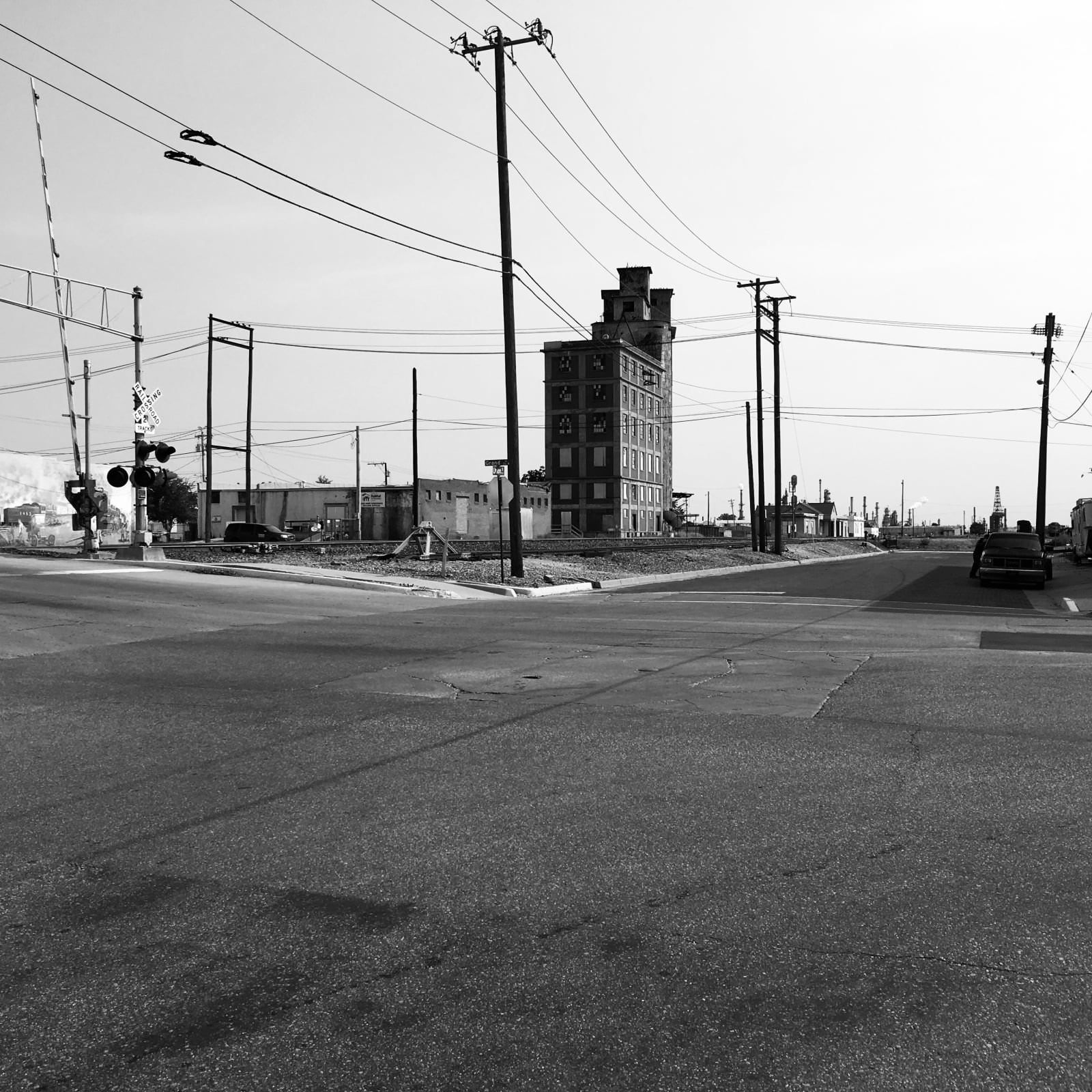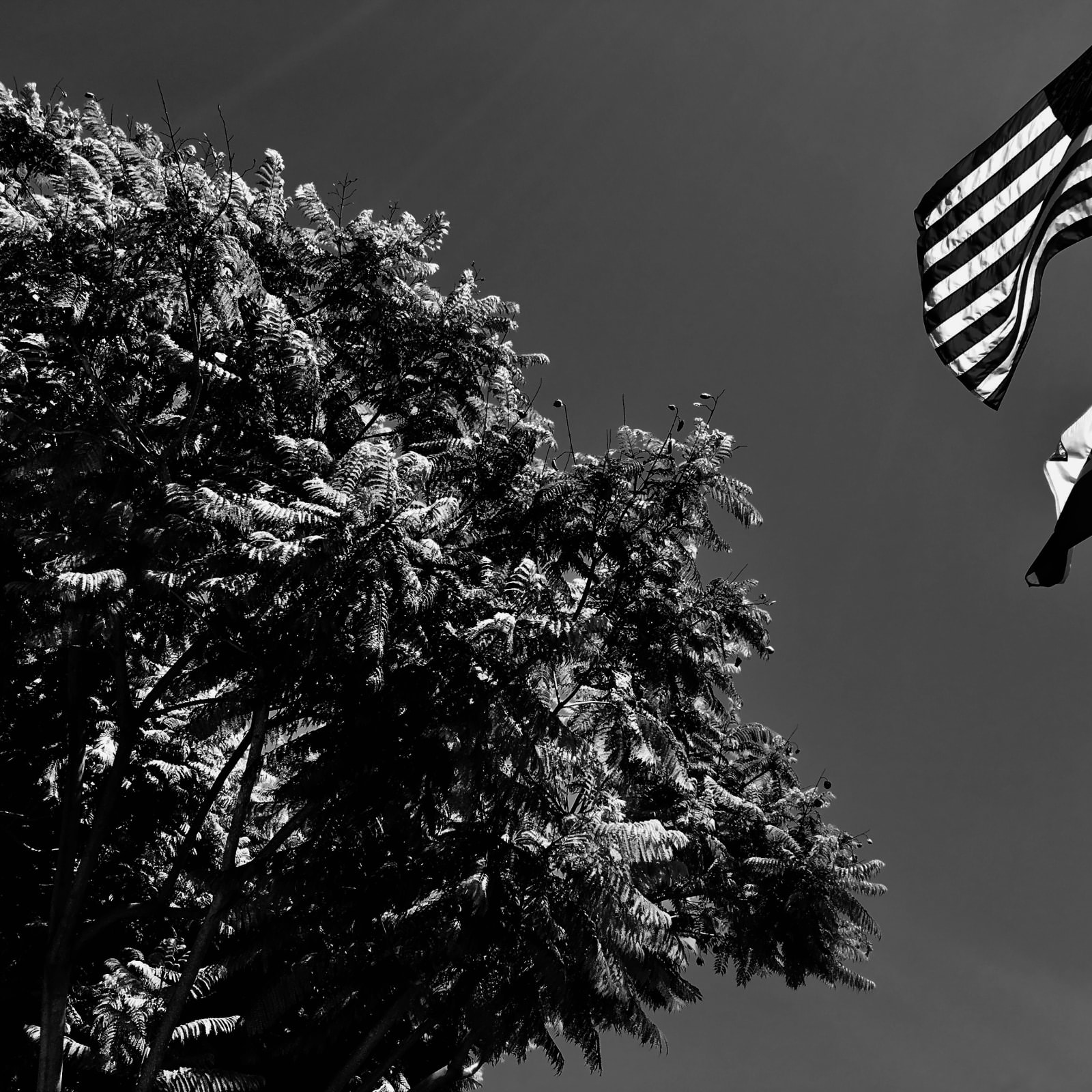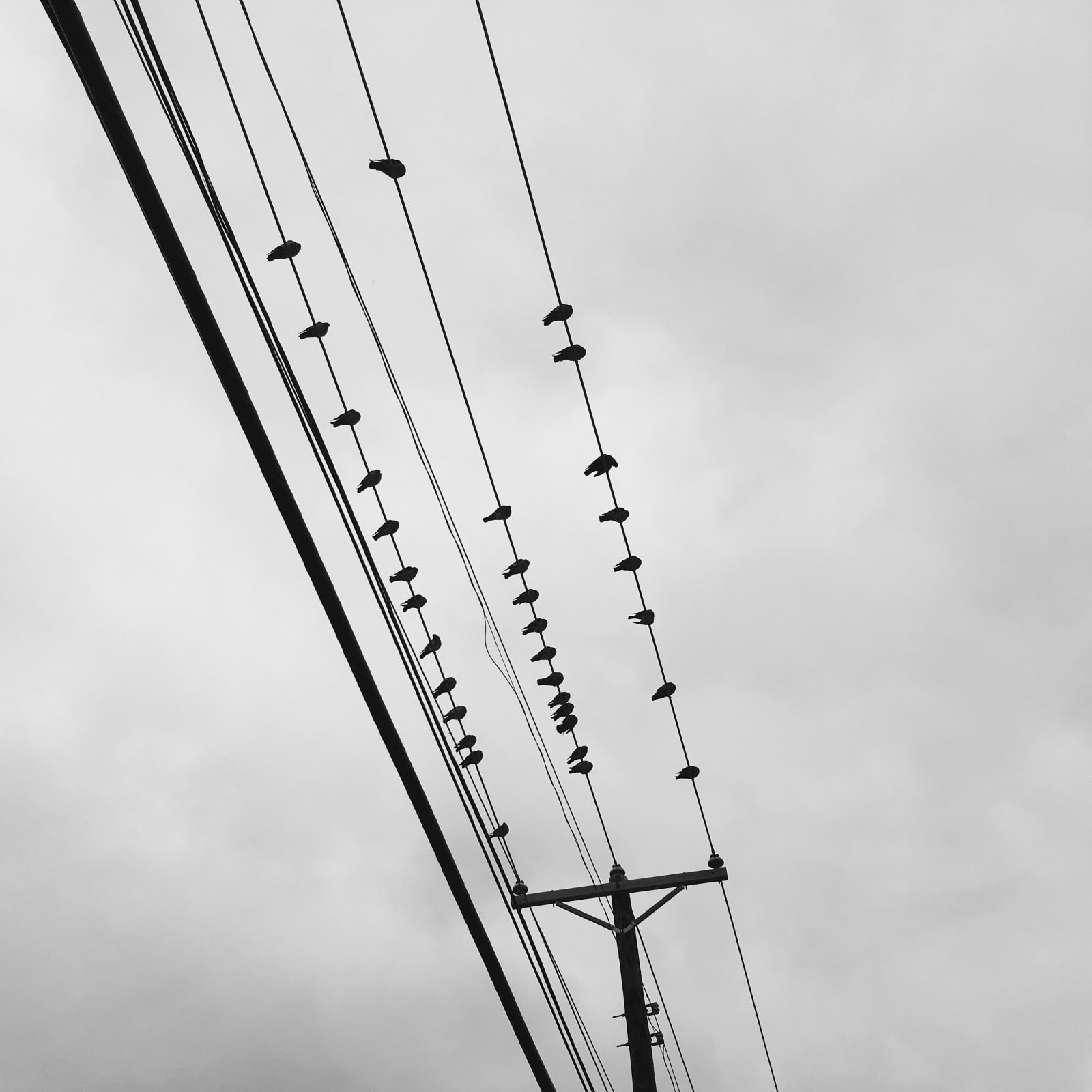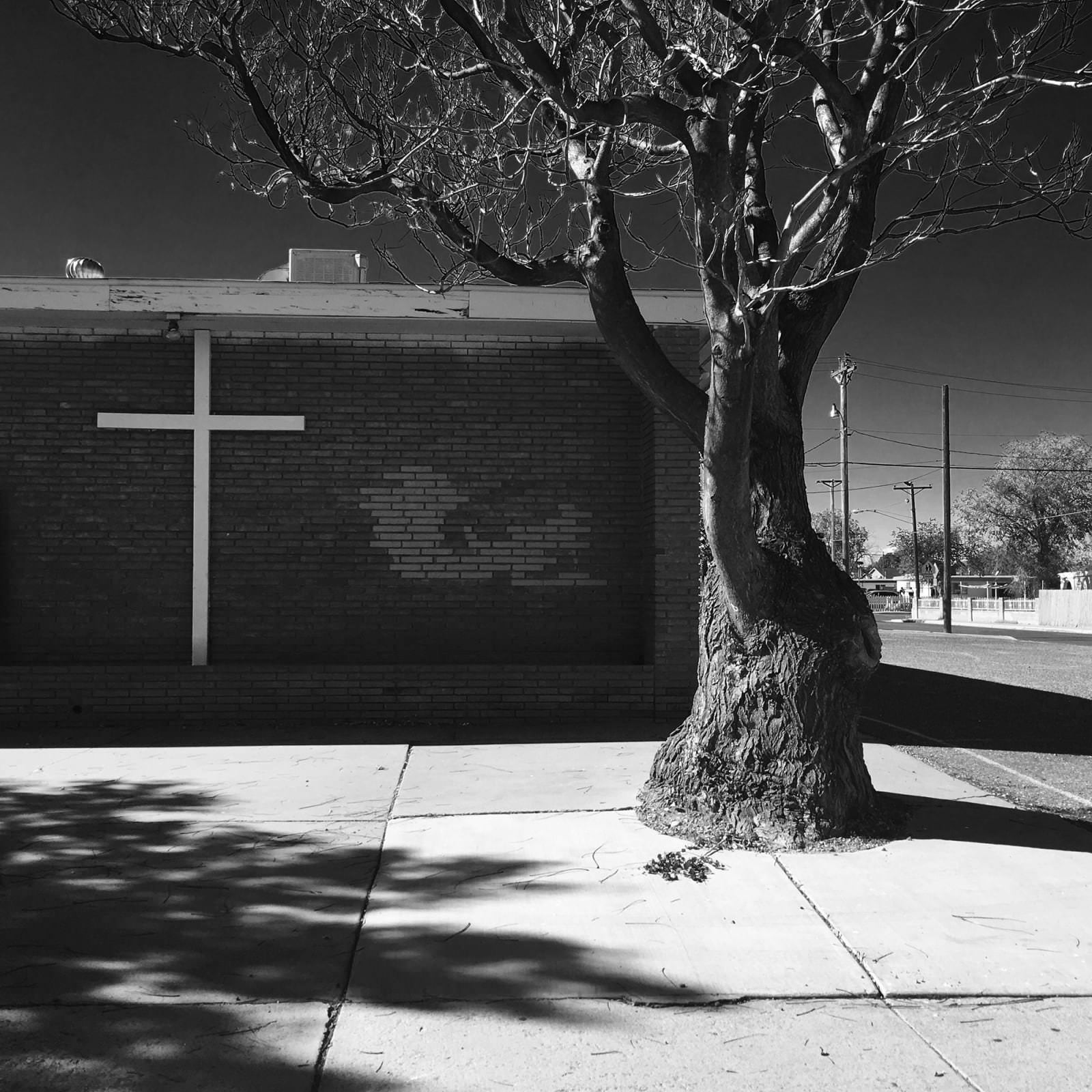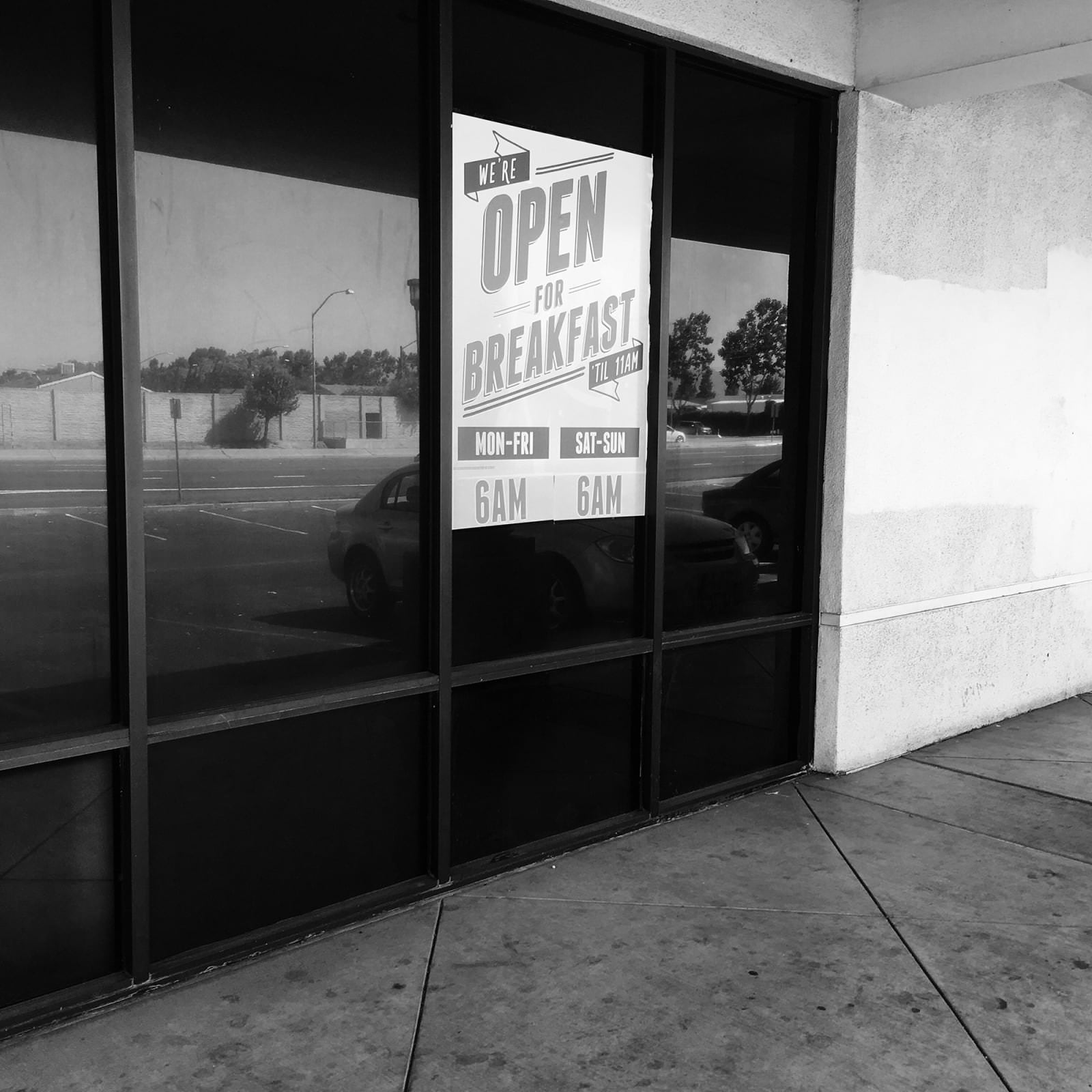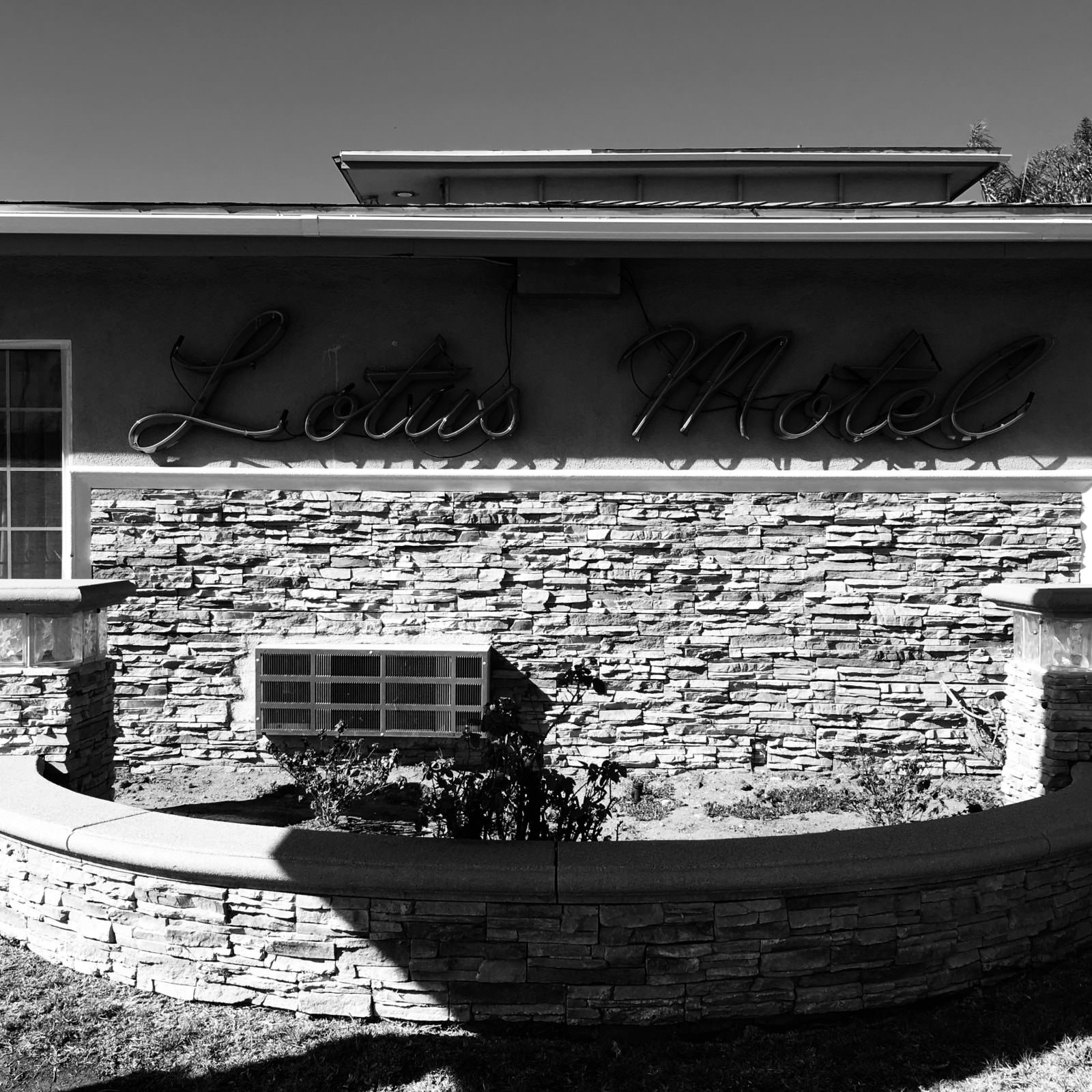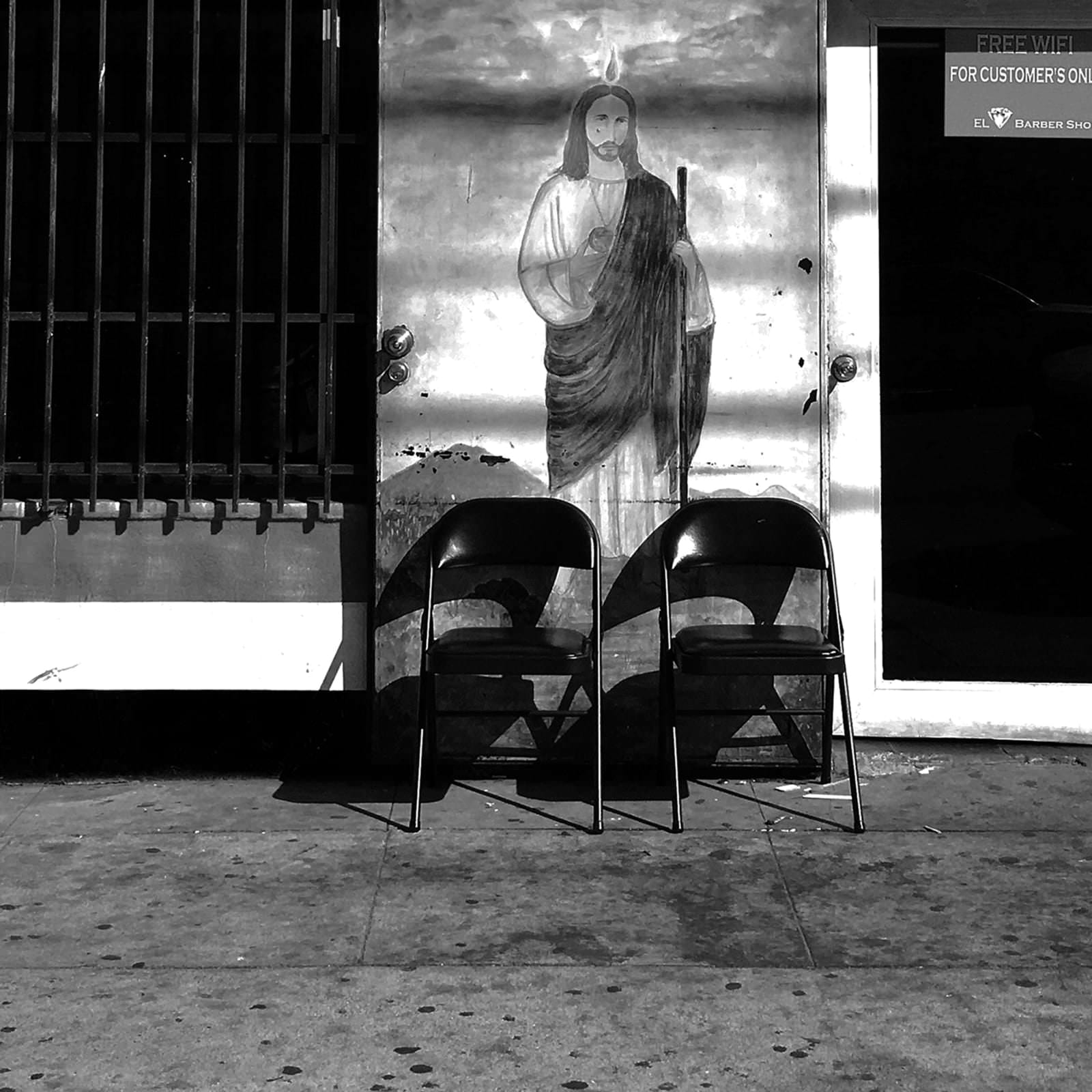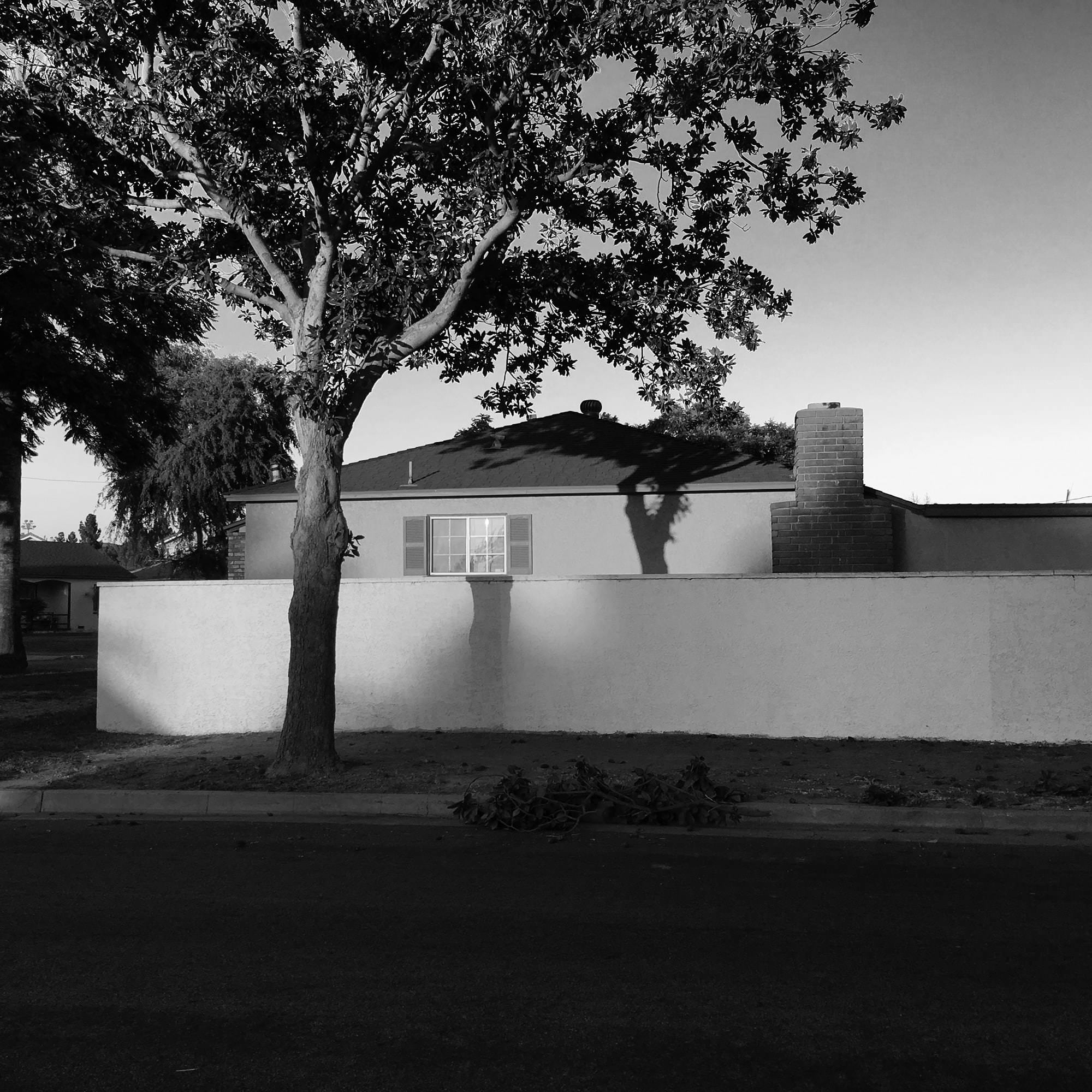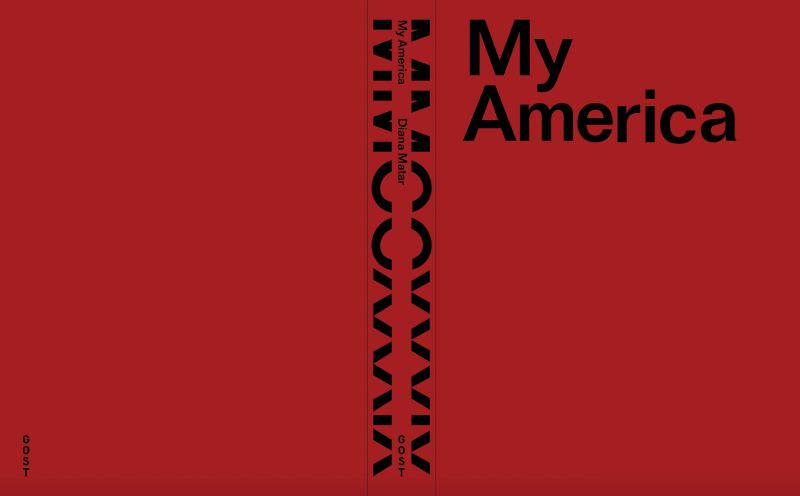Diana Matar: My America
‘In a world where millions of pictures are taken each day, I still believe photographs can contain meaning; they can become evidence of things not seen or heard… if, as I believe, to photograph is a desire to know something deeply and beyond the surface, I must be quiet to see. And attending to something says I acknowledge it matters.’
In the United States, approximately 1000 individuals continue to lose their lives annually in encounters with law enforcement, surpassing figures of any other developed nation. My America stands as an archive and tribute to the victims of these encounters. Captured at sites where citizens were fatally shot or subjected to taser usage by law enforcement, the photographs offer a somber yet thought-provoking commentary on contemporary America.
Operating within the realms of landscape and documentary photography, the images depict urban parks, desolate fields, storefronts, residential lawns, mobile homes, and highwaysides. By centering on these ordinary landscapes, Matar asserts the significance of what occurred at these locations, while also probing the relationship between landscape and memory.
‘Can a photograph tell us anything about what has happened before the photographer arrives? I’m not sure. But even if not, I believe there is value in documenting the ground where violence has taken place… Perhaps a photograph can offer ways to remember acts of injustice that have been forgotten or never made transparent.’
My America project spanned nearly eight years. Formerly, Matar, an American residing in London, devoted years to documenting sites of state-sponsored violence across North Africa, Eastern and Southern Europe. In late 2015, she redirected her focus to her homeland, delving into research on the individuals, circumstances, and locations of civilian deaths in police encounters in the US. She meticulously charted maps in her studio and gathered details about each victim from 2015 and 2016.
“I wanted to address the issue of police violence in a way that wasn’t just polemic. ‘
With a modest grant from the Ford Foundation, she embarked on six road trips over the ensuing four years. Traveling solo along highways, rural routes, and urban streets, she photographed in states with the highest frequencies and/or rates per capita of lethal encounters — Texas, California, Oklahoma, and New Mexico — striving to reveal narratives beyond mere statistics.
Upon completing the photographic phase, Matar dedicated an additional two years to researching the legal outcomes of each case. The culmination is the publication of My America by GOST, a volume designed to honor the victims while also offering a comprehensive examination of the systemic factors contributing to the persistently high incidence of such events.
My America is on show at Purdy Hicks Gallery from 7 March until 13 April 2024.
About the Author
Diana Matar, a native of California, USA, employs photography, testimonies, and archival materials to delve into the themes of history, memory, and state-sanctioned violence. With a commitment that often spans years, she endeavors to unearth the hidden imprints of human history, grappling with questions of power, violence, and the nuanced role of aesthetics in their portrayal. Her work is deeply rooted in an examination of the past, crafted through meticulous inquiry into whether contemporary imagery can encapsulate memory. Time serves as a crucial element in her artistic process, reflected not only in the long exposure times often utilized for her nocturnal photography but also in her cultivated patience, attuned to the resonance of specific locations.
Matar’s series “My America” stands as both an archive and a tribute to the victims of police encounters in the United States. Captured at sites where citizens faced fatal encounters with law enforcement, her black-and-white photographs offer a stark critique of modern America. These images depict seemingly mundane landscapes—city parks, shopping centers, parking lots, mobile homes, empty fields, and highwaysides—asserting the significance of these locations and prompting reflection on the relationship between landscape and memory.
In her series “Tête-à-tête” (2019), created during a residency at the Museo Archeologico Nazionale di Napoli, Matar focuses on Roman portrait sculptures, revealing the individualities and complexities of ancient personalities. Through her lens, these sculptures come to life, embodying emotional depth and contemporary relevance.
“Evidence” (2012) presents landscapes and architectural spaces associated with human rights violations during the Gaddafi dictatorship and the subsequent Libyan civil war. Meanwhile, “Still Far Away” (2012) captures the post-revolutionary landscape of Libya, echoing the lingering impact of its authoritarian and colonial history. In “Disappearance” (2008), Matar confronts the enforced disappearance of her father-in-law, a Libyan political dissident, traversing places in search of elusive traces while his absence looms large within the frame.
Matar’s significant installations have been showcased in prestigious venues such as Tate Modern, Museum Folkswang, and the British Museum. Her monograph “Evidence,” published by Schilt Publishing in 2014, was lauded by New York Times Photography Critic as the best book of the year. The exhibition of “My America” at the Musée de la Photographie Charleroi in 2020 underscores the enduring relevance of her work.
Her contributions are celebrated in public collections worldwide, including the Victoria and Albert Museum, Imperial War Museum, and the Museum of Fine Arts, Houston. “My America,” published by GOST Books, is slated for release in April 2024, further solidifying Matar’s legacy as a thought-provoking artist confronting the complexities of history and memory.
Diana Matar: My America
7 March – 13 April 2024
Purdy Hicks Gallery – London – UK

